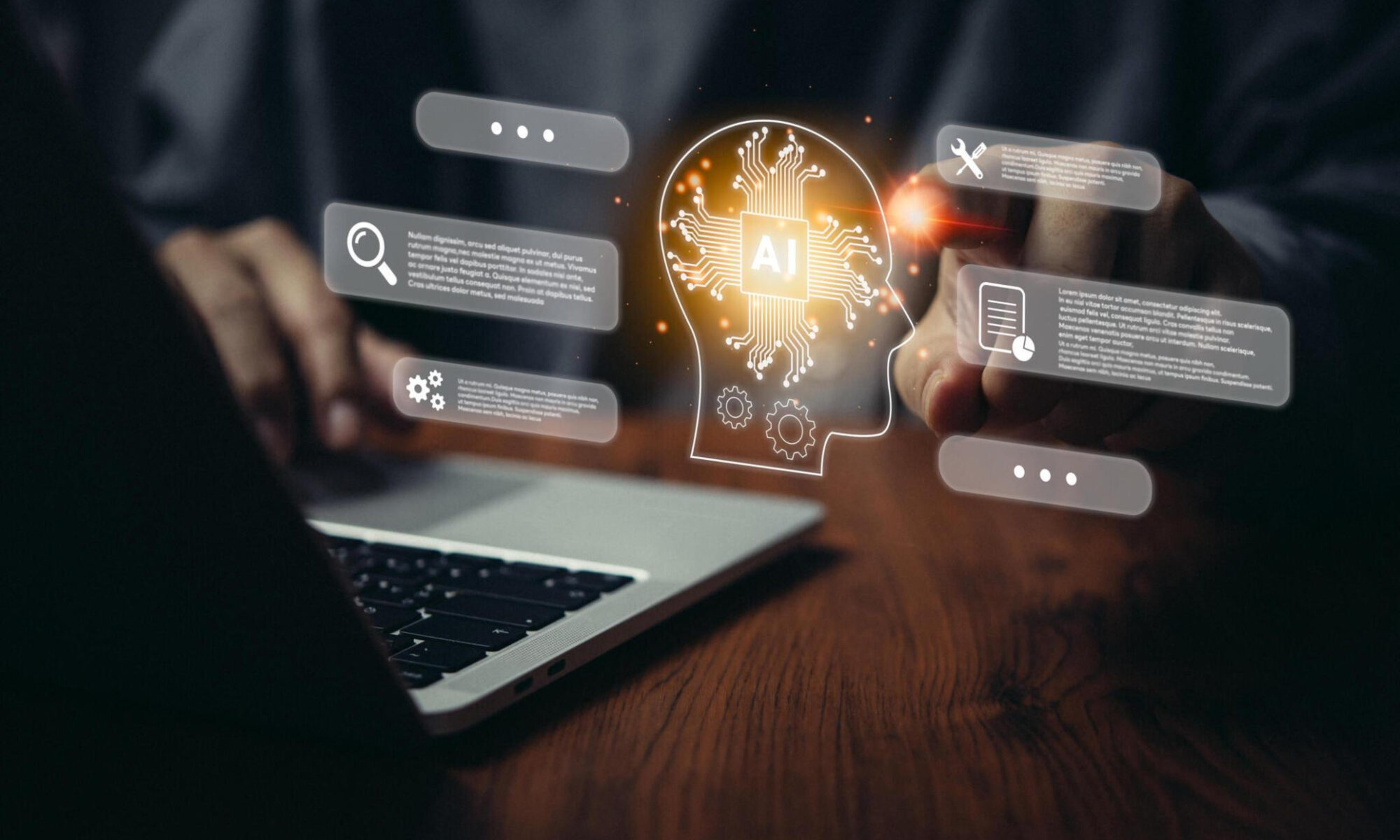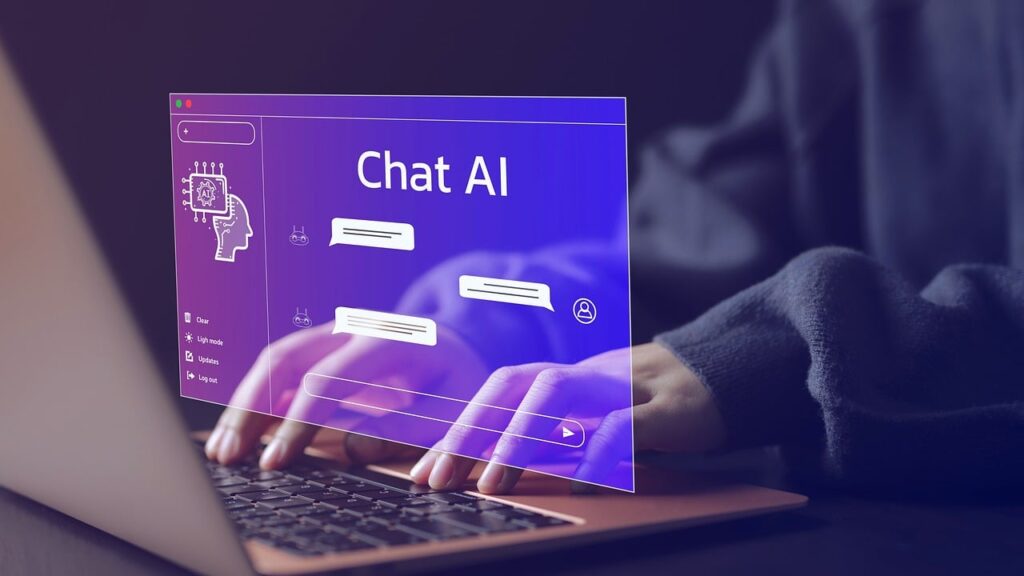Introduction
Generative AI is no longer just a buzzword; it has become a transformative force across industries. From automating repetitive tasks to sparking creativity, Generative AI is reshaping the way businesses operate. In this blog, we’ll explore how Generative AI is applied in different sectors, driving innovation and efficiency.
???? Want to harness the power of Generative AI? Explore our AI Training Programs and learn how to leverage AI for your industry.
1. Healthcare
Generative AI is revolutionizing healthcare by enabling faster diagnoses, personalized treatments, and more efficient administrative processes.
Applications:
- Medical Imaging: AI-powered tools like GANs (Generative Adversarial Networks) assist in generating high-quality images for diagnostics.
- Drug Discovery: Generative AI accelerates drug development by predicting molecular structures.
- Virtual Assistants: AI chatbots handle patient queries, improving accessibility.
2. Entertainment and Media
The entertainment industry is leveraging Generative AI to create content, enhance user experiences, and streamline production.
Applications:
- Content Creation: Tools like DALL-E and MidJourney help generate stunning visuals and videos.
- Scriptwriting: AI models assist in drafting storylines and screenplays.
- Game Development: Generative AI designs characters, environments, and gameplay mechanics.
3. Finance
In finance, Generative AI is improving decision-making, detecting fraud, and enhancing customer experiences.
Applications:
- Fraud Detection: AI models analyze transaction patterns to flag suspicious activities.
- Risk Assessment: Generative AI predicts market trends and portfolio risks.
- Chatbots: Virtual assistants handle customer inquiries, reducing response times.
4. Retail and E-Commerce
Retailers use Generative AI to personalize customer experiences and optimize inventory management.
Applications:
- Product Recommendations: AI analyzes user behavior to suggest relevant products.
- Visual Content Creation: AI generates marketing materials and advertisements.
- Virtual Try-Ons: Generative AI creates virtual dressing rooms for e-commerce platforms.
5. Education
Generative AI is reshaping education by creating personalized learning experiences and automating administrative tasks.
Applications:
- Content Generation: AI creates quizzes, summaries, and even lecture materials.
- Personalized Learning Paths: Generative AI tailors lessons based on individual student needs.
- Language Learning: AI-powered tools help learners practice conversation in multiple languages.
6. Marketing and Advertising
Marketers are embracing Generative AI to enhance campaigns and engage audiences more effectively.
Applications:
- Ad Copywriting: AI tools generate compelling ad headlines and descriptions.
- Social Media Content: Automated generation of posts, hashtags, and visuals.
- Market Analysis: AI predicts consumer trends to refine marketing strategies.
7. Manufacturing
Generative AI optimizes manufacturing processes, reduces waste, and enhances product design.
Applications:
- Design Optimization: AI generates efficient designs for machinery and products.
- Predictive Maintenance: AI predicts equipment failures, minimizing downtime.
- Supply Chain Management: Generative AI enhances forecasting and inventory planning.
8. Real Estate
Generative AI is streamlining real estate operations, from property listings to customer engagement.
Applications:
- Virtual Tours: AI creates immersive virtual tours for potential buyers.
- Market Analysis: AI predicts property trends and pricing.
- Chatbots: AI-powered chatbots assist clients with inquiries.
Conclusion
Generative AI is reshaping industries by automating processes, enhancing creativity, and delivering personalized experiences. As its applications continue to grow, professionals with AI expertise are becoming indispensable across sectors.
???? Ready to unlock Generative AI’s potential for your industry? Enroll in GenAI99’s AI Training Programs and stay ahead in this evolving landscape.








